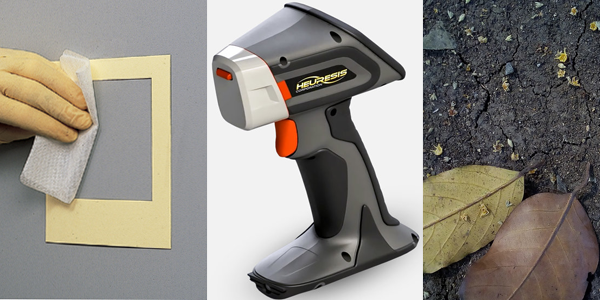Prevent Lead Exposure by Having Your Property Tested for Lead
Lead-based paint wasn’t banned until 1978. As a result, millions of homes contain lead-based paint. When lead paint starts to deteriorate it creates a lead hazard. A lead hazard is peeling, chipping, flaking, or cracking paint. This deterioration causes lead dust. Lead dust pollutes the air, soil, household dust, and any surface it lands on. Most lead-poisoned children are poisoned by lead dust. To prevent lead poisoning have your home checked for lead hazards or lead-based paint.

A lead hazard inspection is primarily done for rental properties. It can also be done after a renovation or abatement. During the inspection, the inspector ensures there are no lead hazards. If no lead hazards are found dust wipe samples are taken from the floor and/or window sill of every room. If there is an original window, a sample is also taken from a window well. Before this inspection make sure all paint is intact and the floors and window sills are thoroughly cleaned. Read Preparing for Your Lead Inspection to learn more about passing this type of inspection.
Lead Paint Inspection / Lead Free InspectionDuring this inspection, painted surfaces on the interior and exterior of the home are tested for lead-based paint with an XRF analyzer. An XRF can detect lead-based paint several layers down without destroying the paint. With this type of an inspection you can see the results immediately on the XRF device. Passing this inspection exempts your property from future lead testing.
For more information or to schedule an inspection call 240-760-1530.


